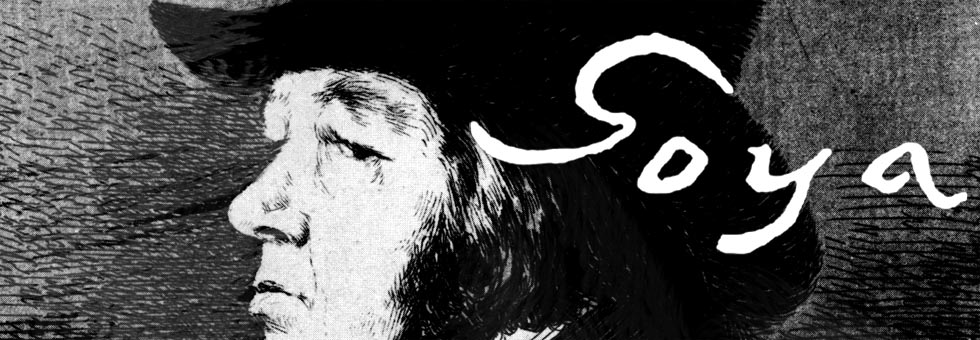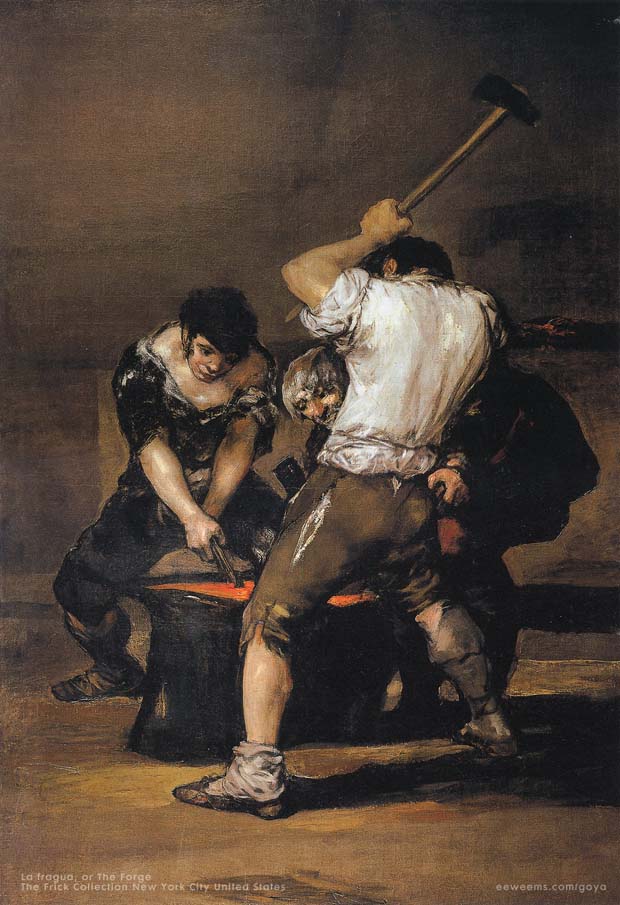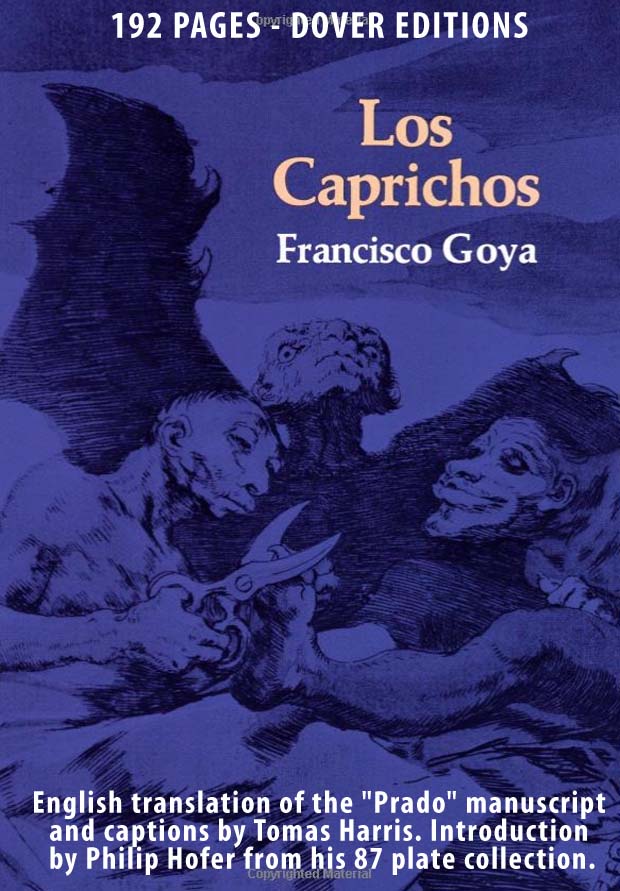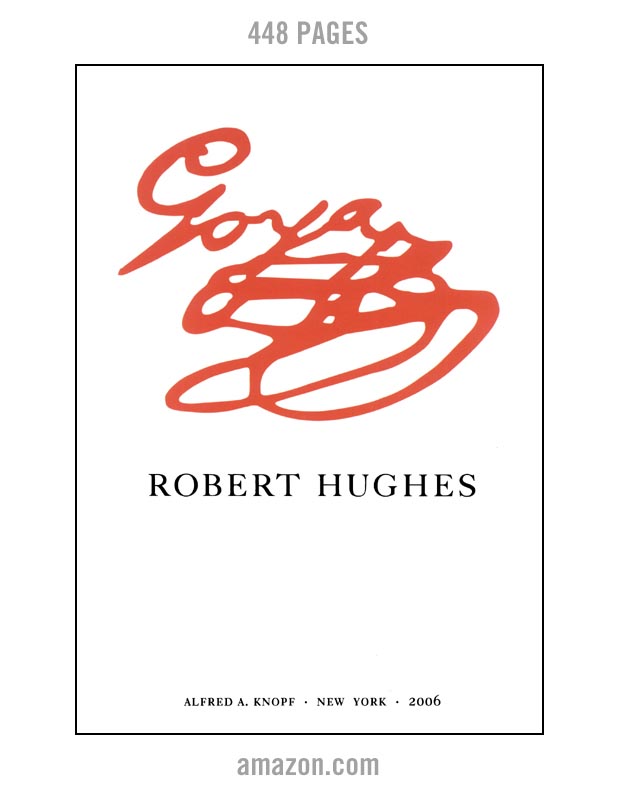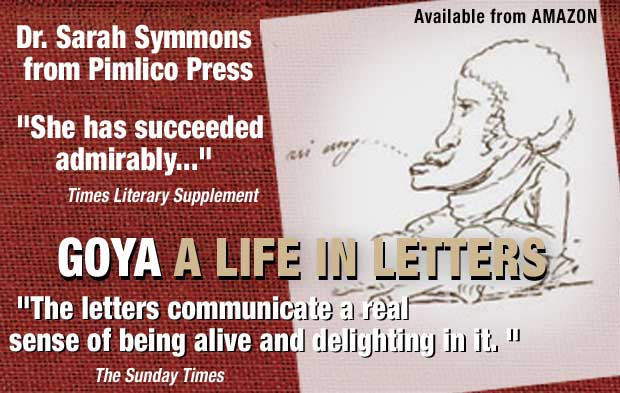Goya | The Forge
The Forge
La fragua
1812-1816 Oil on linen
71 1/2 inches x 49 1/4 inches
181.6 cm x 125 cm
The Frick Collection, New York City
United States
The Frick Collection has a web site page on La fragua here.
"...when Louis-Philippe's 'Spanish Gallery' opened at the Louvre in Paris in 1838, among the paintings by Velàzquez, Murillo and El Greco hung Goya's scenes of everyday life and the labouring poor, such as The Forge. These works certainly seemed eccentric to the exhibition-going Parisian public. 'Why have paintings by Goya been acquired?' asked the satirical magazine Le Charivari. 'Goya may have been a lively caricaturist but he's a very ordinary painter."
Sarah Symmons, Goya, published by Phaidon 1998, page 312
"Space is treated so negligently that we involuntarily supply it ourselves. At the same time, we supply another element the artist himself withholeds: the knowledge that the moment he has chosen to represent is in some way climatic. There is absolutely no narrative factor in the painting. Yet the comradely concentration on the task of hammering a piece of red-hot iron is so convincing – because of the extraordinarily balanced composition, in which each action has its counterweight – that we involuntarily experience a sense of communication between the workers."
Fred Licht, from his book Goya, Abbeville Press, page 335
"The Forge is undoubtedly the most complete statement of Goya's late style. it is his only painting that is an integral whole rather than a meaningful fragment torn out of an inscrutable context."
Fred Licht, Goya, Abbeville Press, page 335
AMAZON
Goya The Terrible Sublime - Graphic Novel - (Spanish Edition) - Amazon
"From this headlong seizure of life we should not expect a calm and refined art, nor a reflective one. Yet Goya was more than a Nietzschean egoist riding roughshod over the world to assert his supermanhood. He was receptive to all shades of feeling, and it was his extreme sensitivity as well as his muscular temerity that actuated his assaults on the outrageous society of Spain." From Thomas Craven's essay on Goya from MEN OF ART (1931).
"...Loneliness has its limits, for Goya was not a prophet but a painter. If he had not been a painter his attitude to life would have found expression only in preaching or suicide." From Andre Malroux's essay in SATURN: AN ESSAY ON GOYA (1957).
"Goya is always a great artist, often a frightening one...light and shade play upon atrocious horrors." From Charles Baudelaire's essay on Goya from CURIOSITES ESTRANGERS (1842).
"[An] extraordinary mingling of hatred and compassion, despair and sardonic humour, realism and fantasy." From the foreword by Aldous Huxley to THE COMPLETE ETCHINGS OF GOYA (1962).
"His analysis in paint, chalk and ink of mass disaster and human frailty pointed to someone obsessed with the chaos of existence..." From the book on Goya by Sarah Symmons (1998).
"I cannot forgive you for admiring Goya...I find nothing in the least pleasing about his paintings or his etchings..." From a letter to (spanish) Duchess Colonna from the French writer Prosper Merimee (1869).
GOYA : Los Caprichos - Dover Edition - Amazon
